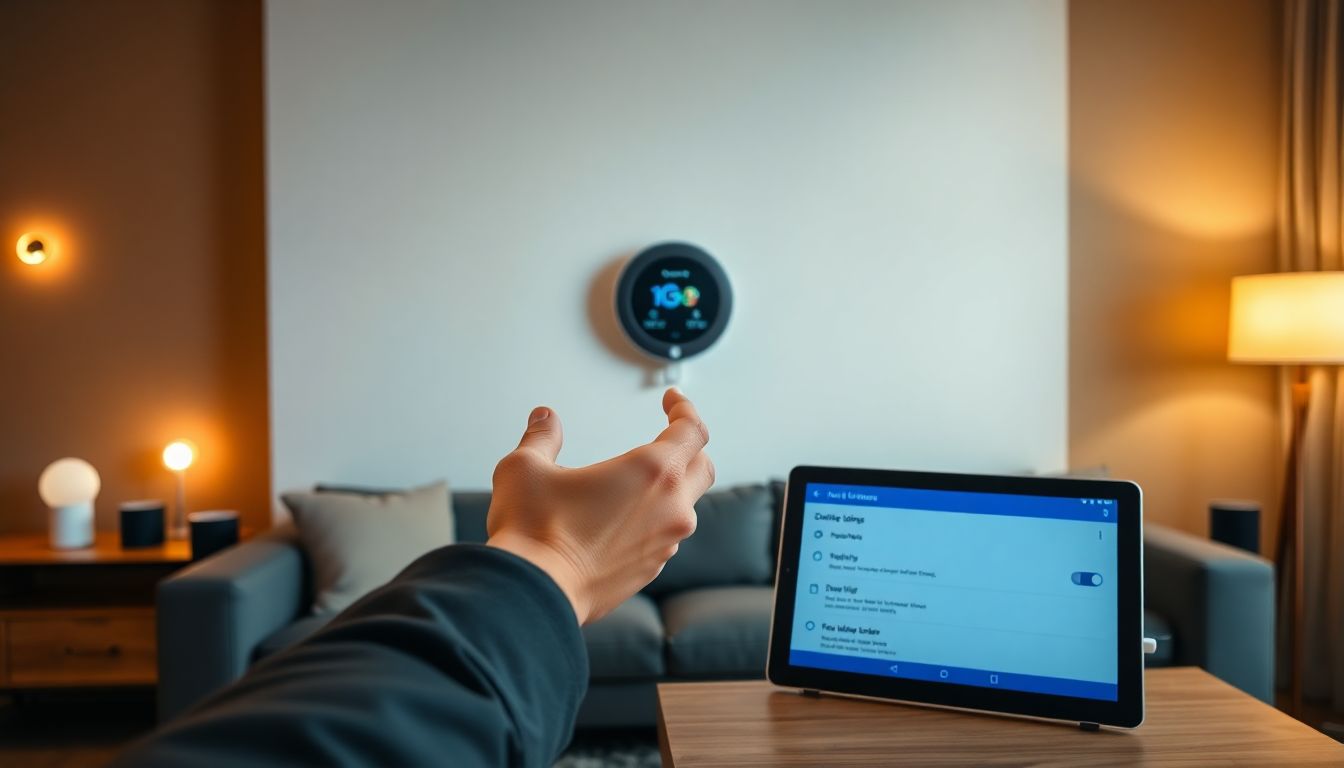Introduction
Device management is at the heart of your system being secure and running with ease. Sometimes old devices pile up, or you just need to clean your list of devices. Removing devices from Google Home is necessary when a device is no longer required, if it has security problems, or for troubleshooting. This tutorial gives you simple steps in eliminating unnecessary devices effectively and safely so that you have authority over your intelligent home.
Understanding Google Home Device Management
Google Home connects with a wide range of smart devices like lights, speakers, thermostats, and more. All these devices work together through the Google Home app. When a device no longer works correctly or you’re replacing it, removing it from your account prevents confusion and keeps your system secure. Keeping your device list updated also helps your smart home run better and faster.
The Google Home app is your command center. You can add, edit, and delete devices with a few quick taps. Devices to be deleted include smart lights, speakers, cameras, and thermostats connected via Wi-Fi or Bluetooth. Removal appropriately keeps your system in good running order and securely free of potential security vulnerabilities.
Removing a Device from Google Home with the Mobile App
Getting to the Google Home App
First, open the Google Home app on your phone or tablet. Make sure your device is running the latest version of the app—updates regularly fix issues and improve your control experience. Sign in if asked, then select the home where your device is signed up. The dashboard within the app displays all connected devices.
Removing a Device from the Device List
Locate the device you want to erase. Tap it to pull up its information. Most times, there will be a gear icon or settings button; tap that to enter device-specific options. Scroll down and locate the “Remove” or “Delete” button. Tap to confirm that you want to erase the device when prompted.
Device deletion confirmation is crucial. Be certain that you have named the device correctly—double-check the name and kind before erasure.
Confirmation of Device Removal
Once confirmed, the device will be disassociated from your Google Home. A few devices will disappear within a second from the list. If the above doesn’t work, try restarting the app, logging out and then logging in, or restarting your device. Resetting the physical device may be possible if it still functions or exists elsewhere.
How to Unlink a Device using Google Assistant Voice Commands
Deleting Devices via Voice Commands
You can also instruct Google Assistant to delete devices if your configuration allows it. Just say, “Hey Google, delete my smart light,” or “Delete device my thermostat.” The assistant might say it’s doing so or request confirmation. Remember, voice-controlled deletion is most suitable for some devices and configurations.
Best Practices for Voice Assistant Management
Use voice commands for quick removal only when you are certain. For complicated removals or resolving problems, the app provides more control. Make your voice commands clear and precise so that Google can understand you. If the device does not get removed, use the app.
Removing Devices from Google Home Using Google Assistant on Desktop
Accessing Google Home via Web
You can also manage your devices from a computer. Visit the Google Home site and sign in using your Google account. The web interface offers a straightforward interface where you can see all your connected devices in one place.
Managing Devices in Web Interface
From the dashboard, select the device that you want to delete. Select the settings or options, and then click on “Remove device” or something close to that. Confirm the deletion. It is very easy to delete devices over the web, especially if you prefer working on a larger screen.
Troubleshooting Common Problems When Deleting Devices
Devices Not Deleted Successfully
At times, devices won’t delete. Reasons are app glitches, old firmware, or network issues. Resolve them by rebooting the app, updating it, or resetting the device manually. You may have to unlink or disconnect the device from your account on the device itself.
Devices Remaining Behind
If the device still lingers, it can be either connected through alternative apps or accounts. Make sure that the device is not synced with other smart home systems like Alexa or Apple HomeKit. Turning it off for all services makes it easier to uninstall it completely.
Security and Privacy Issues
Always remove devices you no longer require to avoid potential security risks. Best practice: factory reset or reset the device and remove it from your Google account. Regular review of devices keeps unwanted access at bay.
Best Practices for Managing Devices in Google Home
- Regularly review your connected devices and remove old or outdated ones.
- Employ simple, consistent device names for easy identification.
- Keep Google Home app and device firmware up-to-date for enhanced control and protection.
- Backup available options in case they exist prior to de-registering or resetting devices to prevent data loss.
Conclusion
Unlinking devices from Google Home keeps your smart space clean and secure. Follow the simple steps of app-based, voice-controlled, or web management. Fix issues at once at all times to guarantee a smooth experience. Periodic verification of your list of devices prevents security loopholes and keeps your system in prime condition. Be in command—your smart home is safer when you’re in charge of device management. Take control now by setting up regular checks and keeping all current. A cleaner list of devices means a smarter, safer home.
